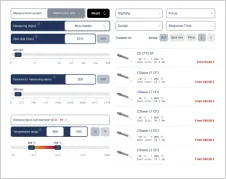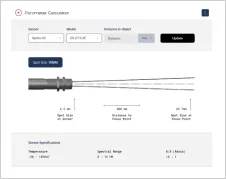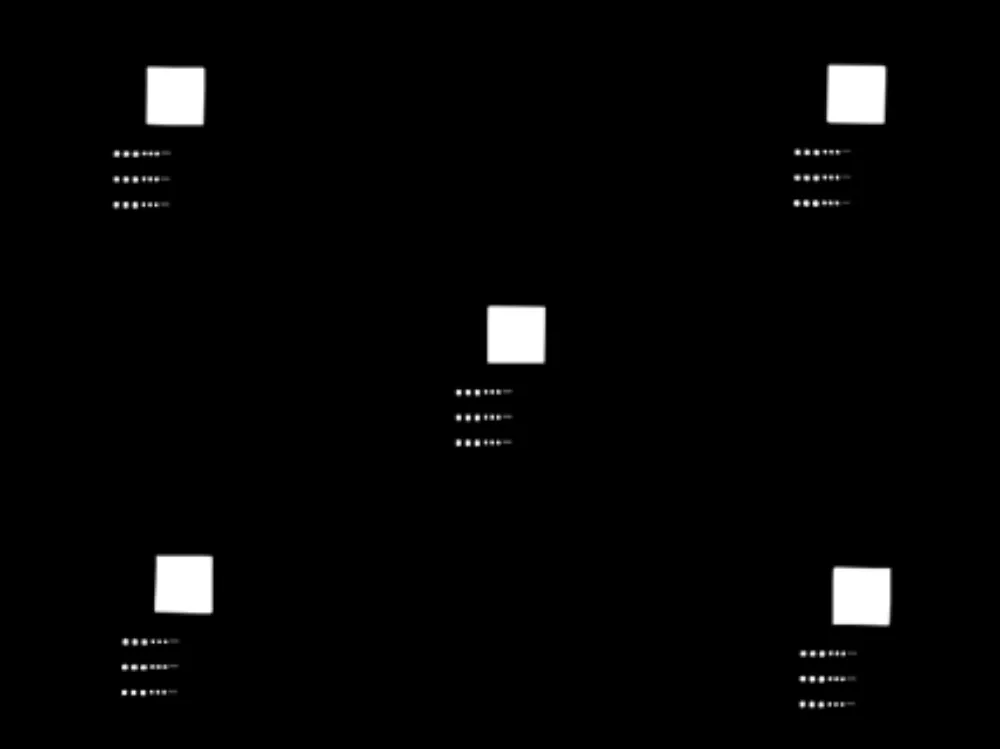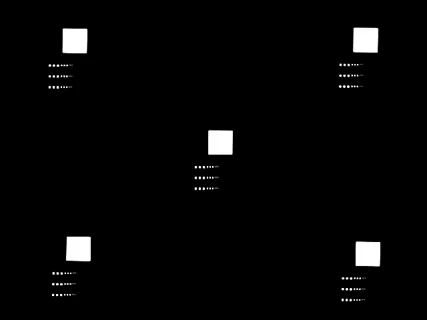
Temperature Uniformity
Temperature uniformity for infrared cameras refers to the consistency and evenness of temperature measurements across the entire field of view. It indicates the camera’s ability to measure and display temperatures accurately without significant deviations across the image. Good temperature uniformity ensures the camera provides consistent readings, with minimal differences between parts of the image that should be at the same temperature. It also describes for radiometric infrared cameras that the temperature reading is independent from its position within the infrared camera’s field of view.
Each pixel in an infrared detector array might have a slightly different response to the same amount of incident infrared radiation due to manufacturing imperfections, material inconsistencies, or other factors. This results in spatial noise, manifesting as uneven temperature readings across the image, degrading the thermal image’s accuracy and quality. Non-uniformity correction aims to calibrate the camera to compensate for these pixel-to-pixel variations, thereby enhancing temperature uniformity. The NUC process typically involves capturing images of a uniform reference, such as a closed shutter, at a well-known temperature. The infrared camera then calculates the response of each pixel to these uniform scenes, identifying deviations from the expected uniform response. Correction coefficients are derived from these measurements and applied to the raw thermal data during operation. This process adjusts the output of each pixel, aligning it with the standard response and producing a uniform thermal image.
Back to Lexicon
Talk to us about your IR Temperature Measurement Requirements
Our Infrared Temperature Measurement experts can help you find the right Optris product for your application.




